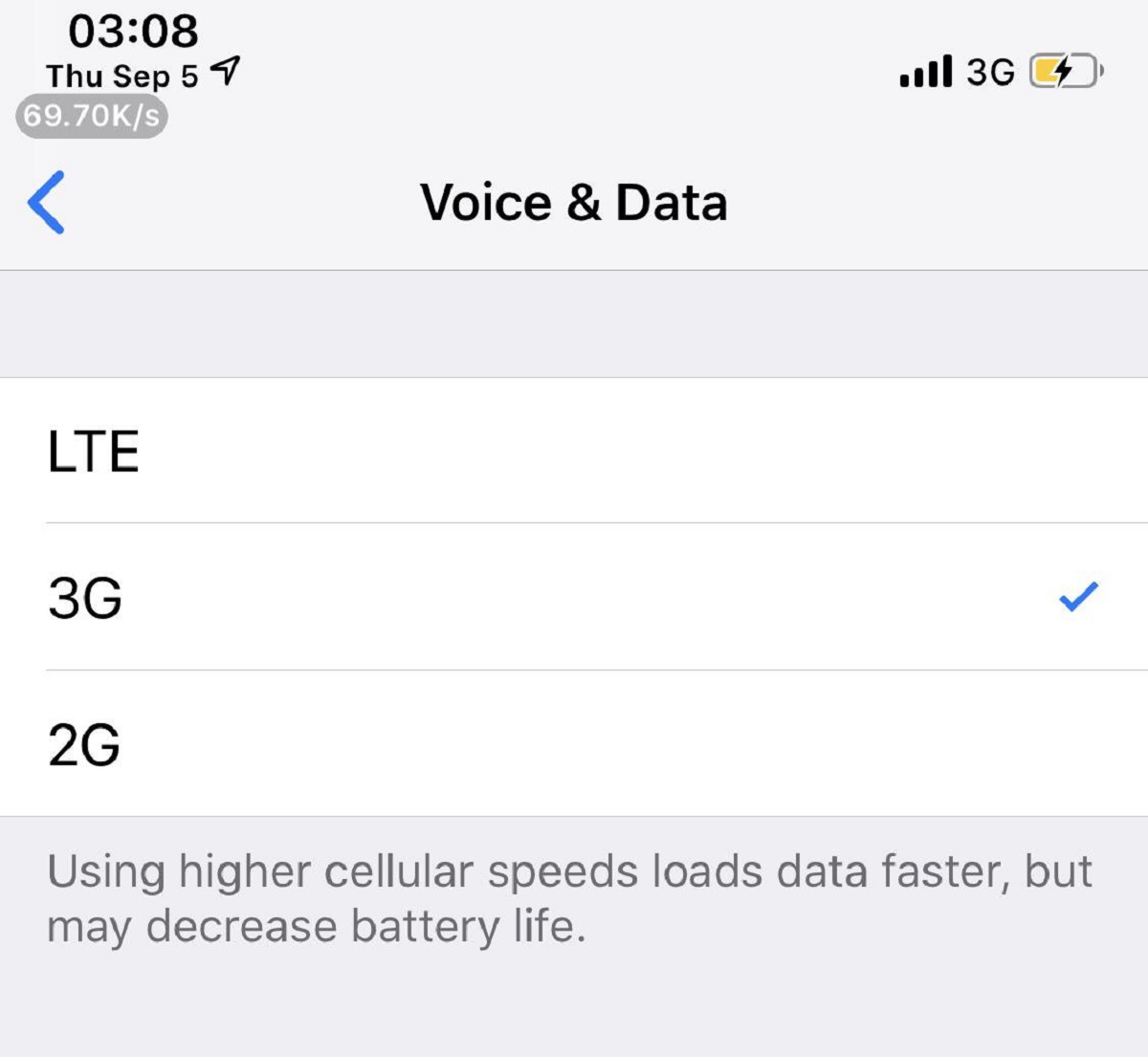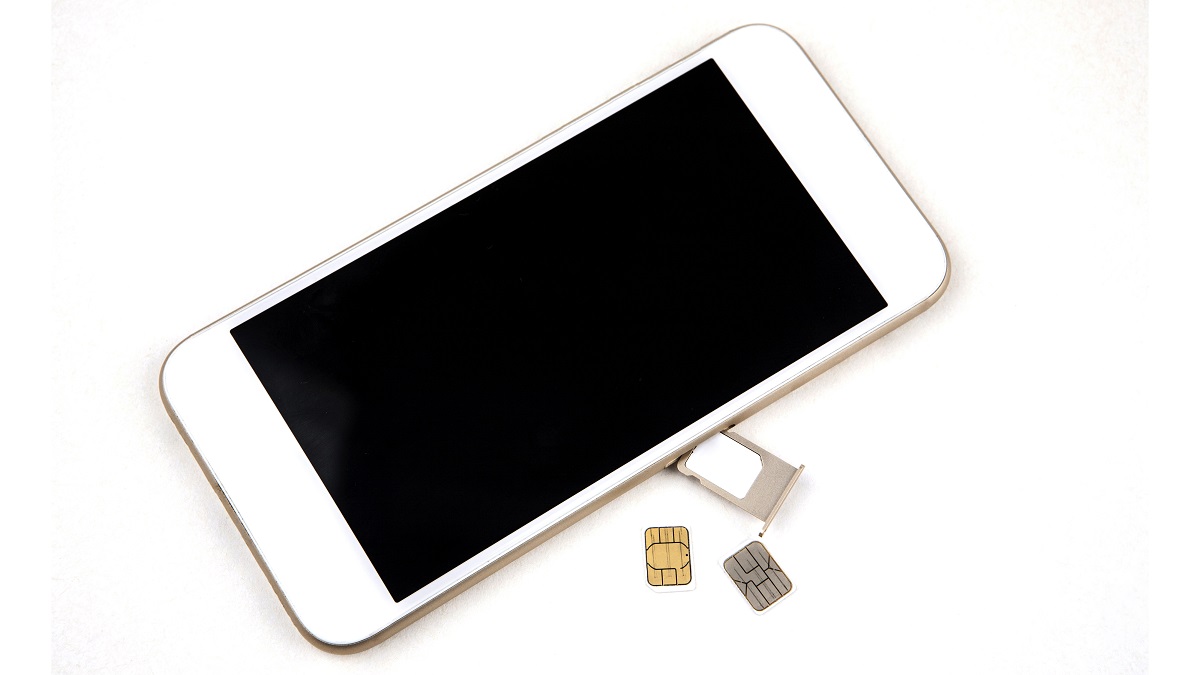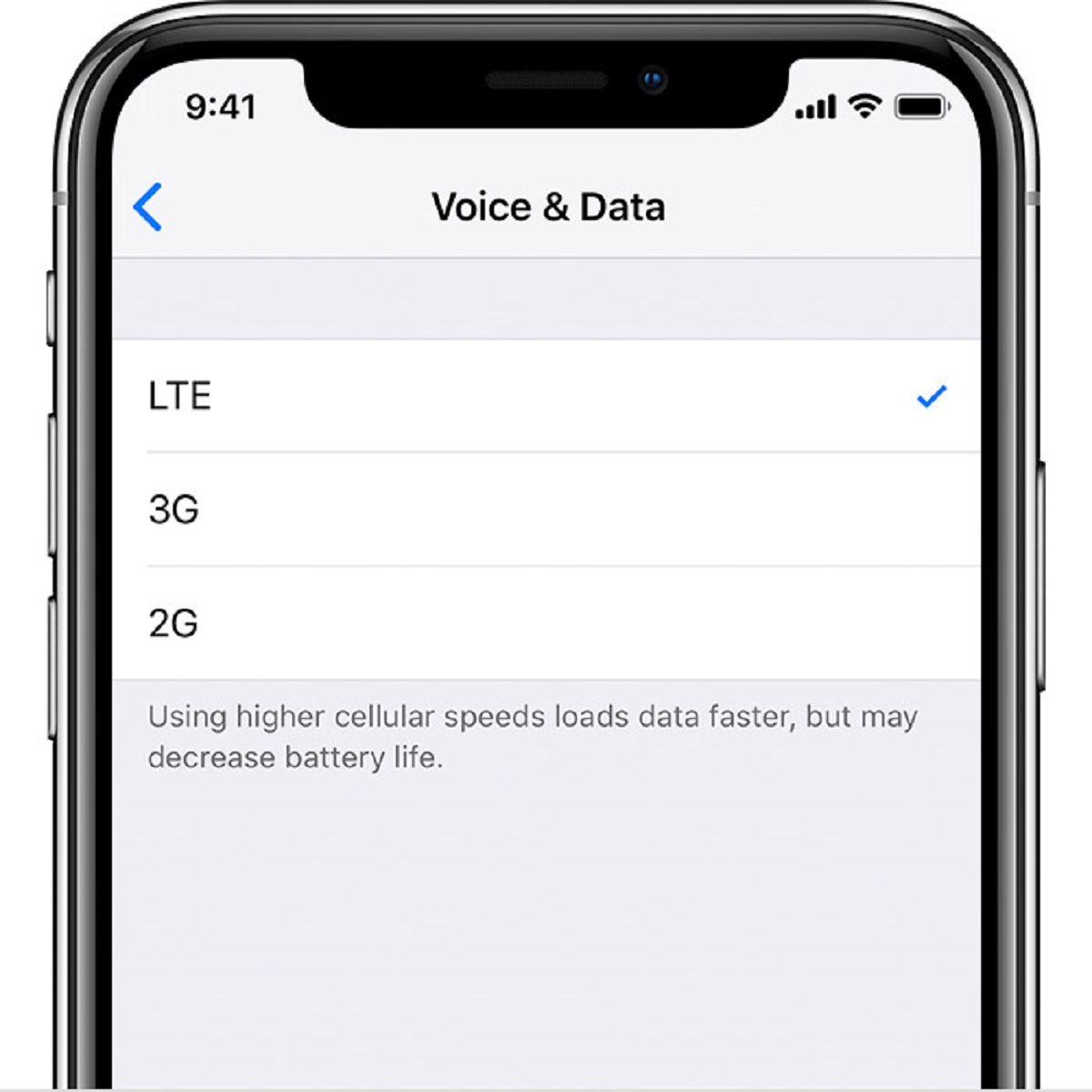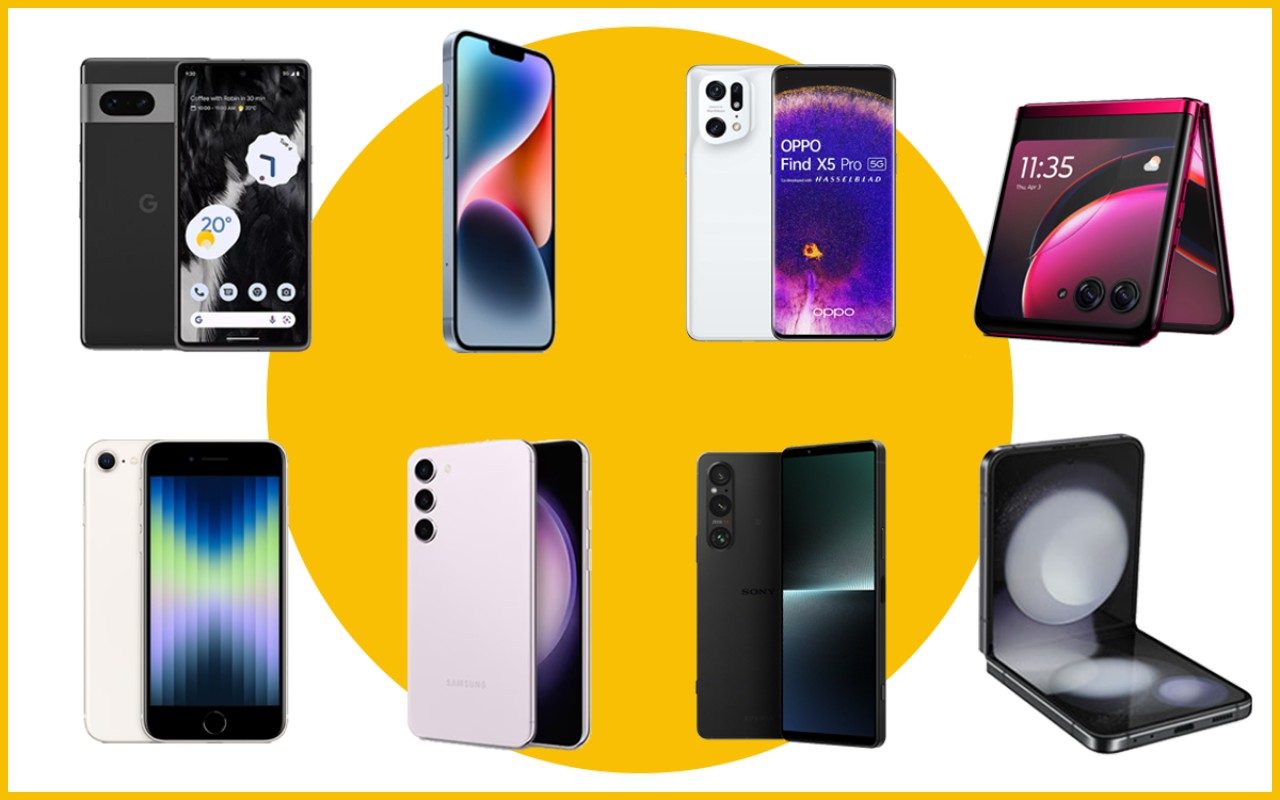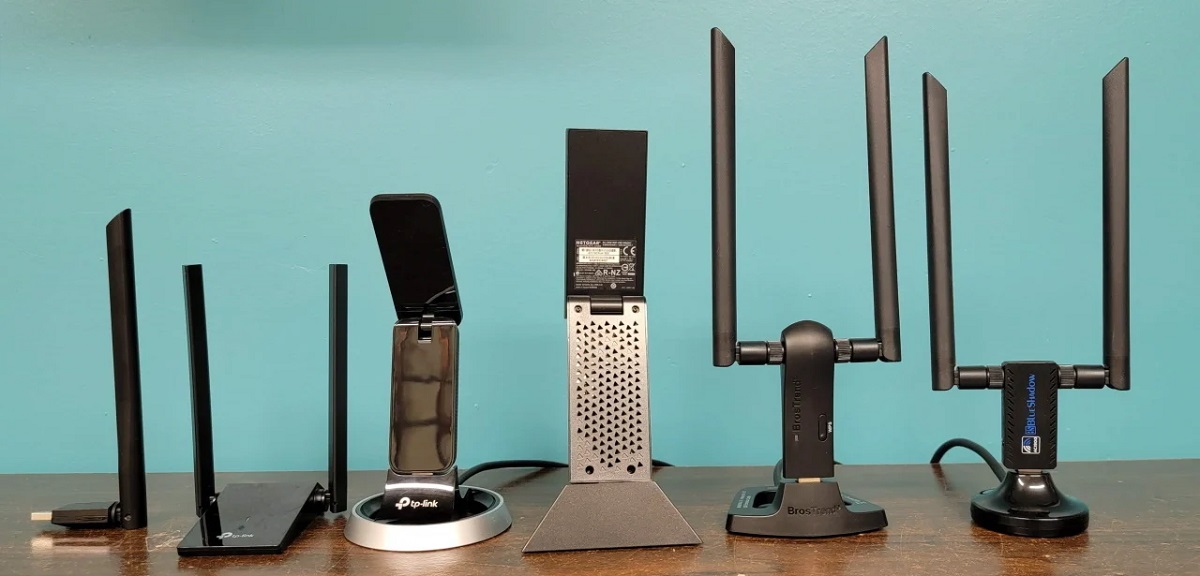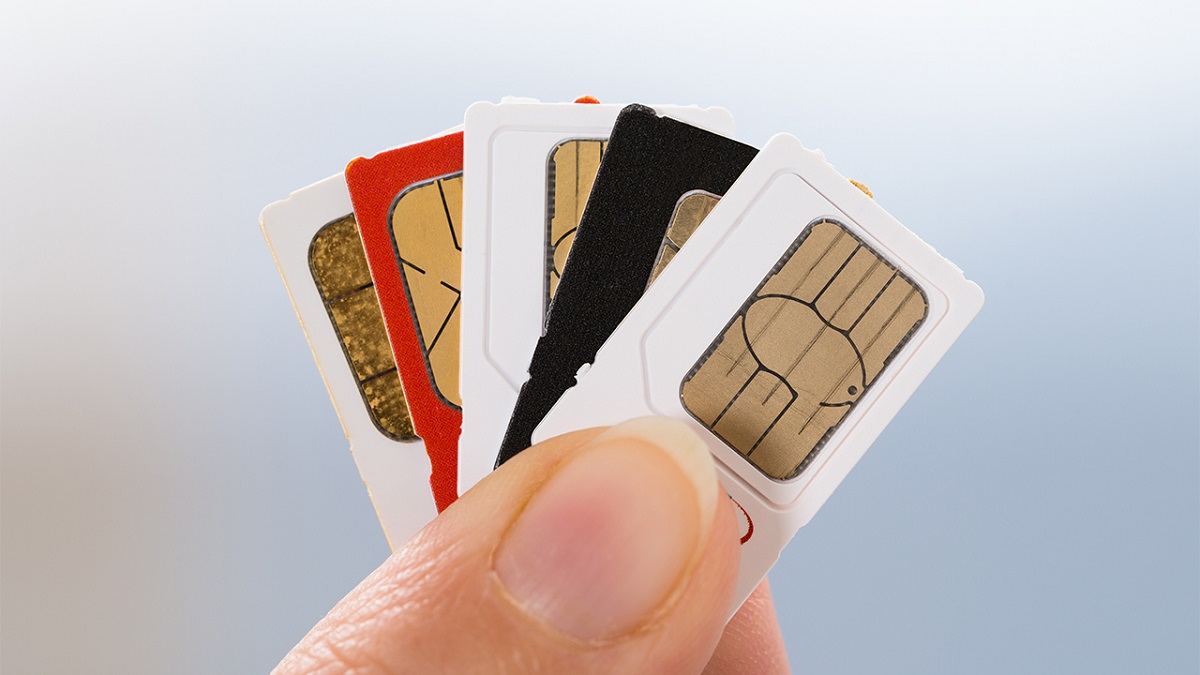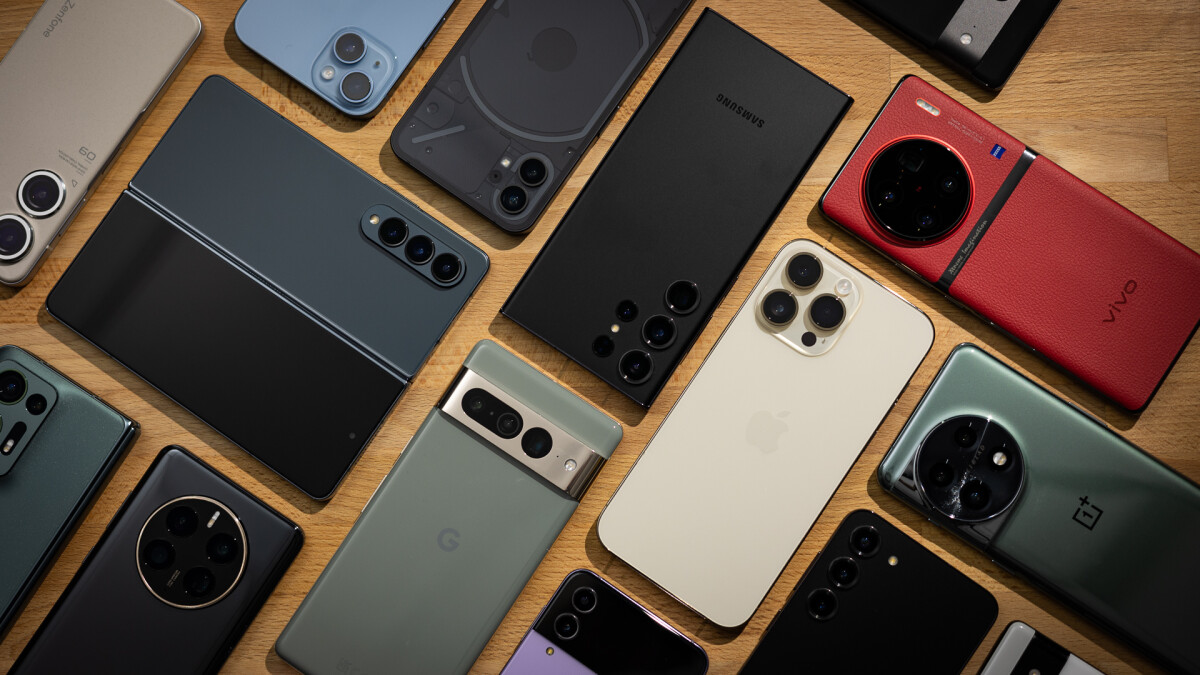Introduction
Mobile phones have become an essential part of our daily lives, keeping us connected and providing us with a multitude of functionalities. With the rapid advancements in technology, the evolution of mobile phones has been staggering. One significant development in the world of mobile phones is the introduction of 3G technology.
3G, which stands for third-generation, revolutionized the way we use our mobile devices by offering faster data transfer speeds and improved network capabilities. It brought about a new era of mobile communication, enabling us to access the internet, make video calls, and enjoy multimedia features, all from the palm of our hands.
The advent of 3G technology opened up a whole new world of possibilities for mobile phone users. It provided faster download and upload speeds, allowing us to browse the web, stream videos, and download files with greater efficiency. This technology also played a crucial role in the development of mobile applications, paving the way for the emergence of a thriving app market.
In today’s fast-paced society, where staying connected and accessing information on the go is fundamental, 3G phones have become increasingly popular. Whether it’s for work, entertainment, or socializing, these devices offer a seamless and efficient user experience. However, before we delve into the benefits and features of 3G phones, it’s essential to understand how this technology works and what sets it apart from previous generations of mobile networks.
What is 3G technology?
3G technology, or third-generation technology, refers to a set of protocols and standards that enable mobile communication at high speeds. It represents a significant leap forward compared to its predecessors, such as 2G (second-generation) and 2.5G technologies. 3G technology provides faster data transfer rates, improved voice quality, and a broader range of services, making it a game-changer in the world of mobile communication.
One of the key features of 3G technology is its ability to deliver high-speed internet connectivity on mobile devices. With 3G, users can access the internet, browse websites, send and receive emails, and engage in online activities just like they would on a computer. This capability has transformed the way we stay connected and access information on the go, making it easier to work remotely, stay in touch with loved ones, and enjoy entertainment on our smartphones or tablets.
Unlike its predecessors, 3G technology employs a more advanced modulation technique called CDMA (Code Division Multiple Access) or WCDMA (Wideband Code Division Multiple Access). This coding technique allows multiple users to share the same frequency band simultaneously, increasing network capacity and providing better call quality. Additionally, 3G technology uses higher frequency bands, enabling faster data transfer rates and minimizing network congestion.
In terms of speed, 3G technology offers download speeds of up to 2 Megabits per second (Mbps), with some variations achieving even higher speeds. This allows for smooth streaming of videos, music, and other media content, enhancing the overall multimedia experience on mobile devices. Additionally, 3G technology enables video calling, facilitating face-to-face communication with friends, family, or colleagues, regardless of distance.
Overall, 3G technology has revolutionized mobile communication by enabling fast and reliable internet access, improved voice quality, and a wide range of services. It has paved the way for advanced mobile applications, social media connectivity, and enhanced multimedia experiences. With 3G technology, our mobile devices have become powerful tools that allow us to stay connected, informed, and entertained, wherever we go.
How does 3G work?
To understand how 3G technology works, we need to dive into the technical aspects of its operation. At its core, 3G relies on a combination of advanced hardware and software components to provide fast and efficient mobile communication.
The primary technology used in 3G networks is CDMA or WCDMA, which allows multiple users to share the same frequency band simultaneously. This technique, known as spread spectrum, uses a unique code to encode each user’s signals and then uses decoding algorithms to separate the signals at the receiving end. This allows for increased network capacity and improved call quality.
When a user initiates a call or data transfer on a 3G-enabled device, the signal is transmitted through the air via radio waves. These radio waves are then received by nearby base stations, also known as cell towers, which act as the intermediary between the user’s device and the core network infrastructure.
These base stations communicate with a central mobile switching center, which connects the user to the desired destination, such as another mobile device, a landline phone, or an internet server. The switching center manages the routing of calls and data, ensuring that the information reaches its intended recipient effectively.
In addition to voice calls, 3G technology enables high-speed data transfer. When a user wants to access the internet or download data, the data is divided into packets and sent over the 3G network. These packets are then reassembled at the receiving end, allowing for seamless browsing, file downloads, and multimedia streaming.
To make the most of 3G technology, mobile devices need to be equipped with a 3G radio transceiver. This component allows the device to communicate with the 3G network, utilizing the advanced features and capabilities offered by 3G technology.
Overall, 3G technology relies on a complex infrastructure of base stations, switching centers, and specialized hardware and software components to provide fast and reliable mobile communication. Its use of advanced coding techniques and frequency bands allows for improved network capacity, faster data transfers, and better call quality, making it a key enabler of modern mobile communication.
Benefits of 3G phones
3G phones offer a plethora of benefits that enhance our mobile communication experience. Let’s take a closer look at some of the key advantages that 3G technology brings to our smartphones and other mobile devices.
1. High-Speed Internet: One of the primary advantages of 3G phones is the ability to access the internet at high speeds. With download speeds of up to 2 Mbps and beyond, users can browse websites, stream videos, download files, and engage in online activities without experiencing significant delays or buffering issues.
2. Enhanced Multimedia Experience: 3G technology enables seamless multimedia streaming on mobile devices. Whether it’s watching videos, listening to music, or enjoying online gaming, 3G phones provide a smooth and uninterrupted experience, allowing users to fully immerse themselves in their chosen multimedia content.
3. Video Calling: With 3G phones, users can make video calls, bringing a face-to-face element to their communication. Whether it’s catching up with distant family members or conducting remote business meetings, video calling adds a personal touch to conversations, even when separated by large distances.
4. Improved Voice Quality: 3G technology offers superior call quality compared to its predecessors. By utilizing advanced coding techniques and higher frequency bands, 3G phones deliver clearer and crisper voice calls, ensuring that users can communicate effectively and without disruptions.
5. Access to Advanced Mobile Applications: The faster data transfer speeds of 3G phones opened up the world of mobile applications. Users can access a wide range of apps for social media, productivity, entertainment, and more, enhancing the functionality and versatility of their smartphones or tablets.
6. Remote Work and Connectivity: 3G phones enable individuals to work remotely and stay connected while on the go. Whether it’s accessing work emails, video conferencing with colleagues, or collaborating on projects using cloud-based platforms, 3G technology provides the necessary tools for seamless remote work and productivity.
7. Wide Network Coverage: 3G networks typically offer extensive coverage, ensuring that users can connect to the internet and make calls in various locations, including urban areas, rural regions, and even while traveling. This broad network coverage enhances the convenience and accessibility of 3G phones.
In summary, 3G phones bring numerous advantages to our mobile communication experience. From high-speed internet access and enhanced multimedia capabilities to improved call quality and the ability to work remotely, 3G technology has revolutionized how we use our smartphones and other mobile devices, enabling us to stay connected, entertained, and productive wherever we are.
Difference between 3G and 4G phones
The transition from 3G to 4G phones marked a significant advancement in mobile communication technology. While both 3G and 4G phones offer internet connectivity and a range of features, there are several key differences between them. Let’s explore the distinctions that set these two generations of phones apart.
1. Speed: One of the primary differences between 3G and 4G phones is the speed at which they can access and transfer data. While 3G phones offer download speeds of up to 2 Mbps, 4G phones boast significantly faster speeds, often reaching up to 100 Mbps or more. This speed difference allows for quicker web browsing, smoother streaming of high-definition content, and faster download and upload times on 4G networks.
2. Network Technology: 3G and 4G phones operate on different network technologies. 3G technology mainly utilizes CDMA (Code Division Multiple Access) or WCDMA (Wideband Code Division Multiple Access) for data transmission. In contrast, 4G phones use advanced network technologies such as LTE (Long-Term Evolution) or WiMAX (Worldwide Interoperability for Microwave Access) to provide faster speeds, improved efficiency, and reduced latency.
3. Quality of Service: The quality of service experienced by 4G phone users is generally superior to that of 3G phones. With 4G networks, users can enjoy better call quality, clearer voice transmission, and reduced call dropouts. Additionally, 4G networks offer lower latency, meaning there is less delay in data transmission, resulting in a more responsive and seamless user experience.
4. Capacity and Network Congestion: 4G networks have superior capacity compared to 3G networks, allowing for more simultaneous connections and reduced network congestion. This increased capacity is crucial in areas with high population density or heavy network usage, ensuring a smoother and more reliable network experience for 4G phone users even during peak times.
5. Technology Advancements: 4G phones have seen significant technological advancements compared to their 3G counterparts. These advancements have enabled features such as carrier aggregation, which combines multiple network channels to increase data speeds, and the ability to support more advanced applications and services, including virtual reality (VR) and augmented reality (AR) applications.
6. Migration to 5G: Another key difference between 3G and 4G phones is their compatibility with future network upgrades. As 5G networks continue to roll out, 4G phones will be able to transition seamlessly to the new network technology. However, 3G phones will need to be replaced or upgraded to newer models that support 4G or 5G networks to take advantage of the enhanced capabilities and faster speeds offered by these technologies.
In summary, 4G phones surpass 3G phones in terms of speed, network technology, quality of service, capacity, and technological advancements. The transition to 4G provides users with faster internet speeds, improved call quality, reduced network congestion, and compatibility with future network upgrades like 5G. As technology continues to evolve, 4G phones offer an enhanced mobile experience, enabling users to stay connected, utilize advanced applications, and make the most of the digital world.
Popular 3G Phone Models
Over the years, numerous 3G phone models have been released, offering a wide range of features and functionality to suit different needs and preferences. Let’s explore some of the popular 3G phone models that have made an impact in the mobile market.
1. iPhone 4S: Released in 2011, the iPhone 4S was a game-changer in the 3G phone market. With its sleek design, high-quality camera, and impressive performance, it quickly became a sought-after device. The iPhone 4S introduced Siri, Apple’s virtual assistant, and offered a powerful smartphone experience with 3G connectivity.
2. Samsung Galaxy S3: Launched in 2012, the Galaxy S3 was a flagship device from Samsung that gained immense popularity. Its large Super AMOLED display, powerful processor, and superior camera capabilities made it a top choice among users. With 3G connectivity, the Galaxy S3 offered fast internet browsing and a seamless user experience.
3. Nokia Lumia 920: Known for its impressive camera technology, the Nokia Lumia 920 was released in 2012, showcasing the capabilities of Windows Phone. With a vibrant display, exceptional camera performance, and smooth 3G connectivity, the Lumia 920 was a popular choice among photography enthusiasts and Windows Phone fans.
4. BlackBerry Bold 9900: The BlackBerry Bold 9900, introduced in 2011, combined a physical QWERTY keyboard with a touchscreen display, offering a unique user experience. It was praised for its solid build quality, excellent email capabilities, and secure messaging system. The Bold 9900 was a go-to 3G phone for business professionals who valued productivity and efficient communication.
5. HTC One X: Released in 2012, the HTC One X was a flagship model that showcased HTC’s dedication to design and innovation. It featured a large and vibrant display, a powerful quad-core processor, and 3G connectivity, providing a smooth and fast user experience. The HTC One X was highly regarded for its sleek design and impressive camera performance.
6. Sony Xperia Z: The Sony Xperia Z, launched in 2013, made a splash with its water and dust-resistant design. It offered a high-resolution display, powerful performance, and a feature-rich camera. With 3G connectivity, the Xperia Z provided fast internet access and seamless multimedia streaming for users.
7. Motorola Moto G: The Motorola Moto G, released in 2013, gained popularity for its affordable price and impressive performance. It offered a near-stock Android experience, consistent software updates, and decent camera capabilities, making it a favorite choice for budget-conscious consumers seeking a reliable 3G smartphone.
These are just a few examples of the popular 3G phone models that have captured the attention of mobile users. From the feature-rich iPhone 4S to the water-resistant Xperia Z, these devices offered a combination of design, performance, and connectivity that catered to diverse consumer needs.
Conclusion
3G technology has revolutionized the way we communicate and use our mobile devices. With its faster data transfer speeds, improved internet connectivity, and advanced features, 3G phones have become an integral part of our daily lives. These devices provide us with seamless access to the internet, enhanced multimedia experiences, and the ability to stay connected with others, no matter where we are.
From high-speed internet access and video calling to improved voice quality and extensive network coverage, 3G phones offer a plethora of benefits. They have opened up a world of possibilities, enabling us to work remotely, access advanced mobile applications, and enjoy entertainment on the go. With 3G technology, our mobile devices have transformed into powerful tools that enhance productivity, keep us informed, and provide us with endless entertainment options.
While 4G and 5G technologies have since surpassed 3G in terms of speed and capabilities, 3G phones continue to play a significant role, especially in areas where 4G and 5G networks are not yet available or affordable. Moreover, many people still use 3G phones for basic communication needs and to access essential services.
As technology continues to advance, it’s important to remember the impact that 3G phones have had on the mobile industry. They paved the way for faster network speeds, enhanced multimedia experiences, and introduced us to a whole new world of possibilities in mobile communication.
In conclusion, 3G phones have made a lasting impact on the way we communicate and use our mobile devices. They have provided us with high-speed internet access, improved voice quality, and a wide range of features and services that have enhanced our daily lives. While newer generations of phones have emerged, 3G technology remains an integral part of our mobile communication ecosystem, continuing to connect us and empower us in the digital era.









